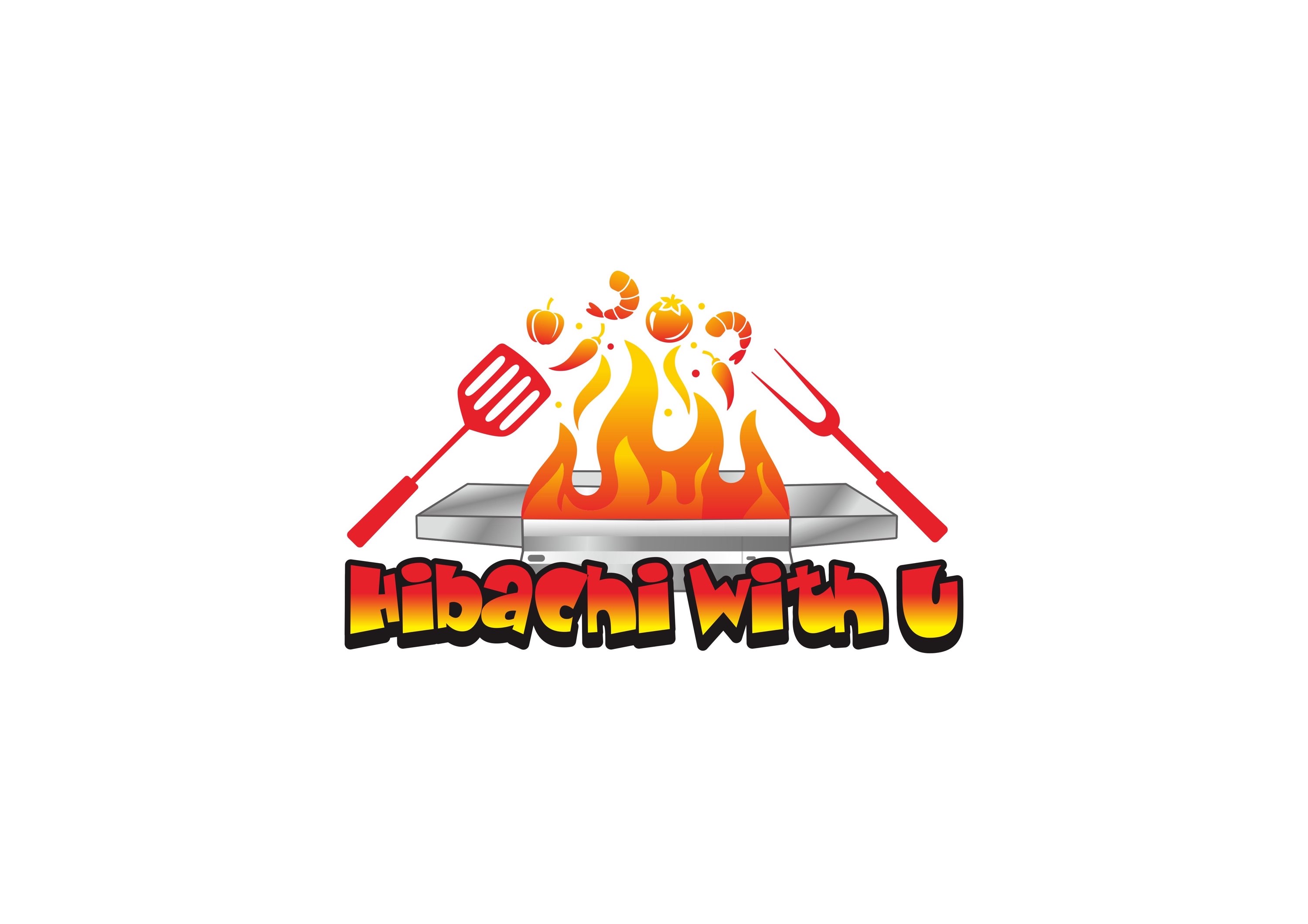Crafting the Perfect Catering Menu
- Hibachi With U
- Oct 27
- 3 min read
Creating a catering menu that satisfies diverse tastes and dietary needs can be a challenging task. Whether you are planning a corporate event, a wedding, or a casual gathering, the right menu can elevate the entire experience. This guide will walk you through the essential steps to craft a catering menu that is both appealing and practical. From understanding your guests' preferences to balancing flavors and presentation, you will learn how to design a menu that leaves a lasting impression.
The Art of Creating Catering Menus: Key Considerations
When creating catering menus, it is important to start with a clear understanding of the event type, guest demographics, and budget constraints. Here are some key factors to consider:
Event Type and Theme: The menu should complement the occasion. For example, a formal dinner might call for plated courses, while a casual party could benefit from buffet-style options.
Guest Preferences and Dietary Restrictions: Always inquire about allergies, vegetarian or vegan preferences, and other dietary needs to ensure everyone can enjoy the meal.
Seasonal and Local Ingredients: Using fresh, seasonal produce not only enhances flavor but can also reduce costs.
Balance of Flavors and Textures: Include a variety of dishes that offer different tastes and textures to keep the menu interesting.
Portion Sizes and Presentation: Consider how much food each guest will need and how the dishes will be served.
By carefully considering these elements, you can create a menu that is both delicious and well-suited to your event.

Planning Your Menu: Practical Tips and Examples
Planning a catering menu involves more than just picking favorite dishes. It requires strategic thinking and creativity. Here are some practical tips:
Start with a Signature Dish: Choose one or two standout dishes that reflect the theme or cuisine of the event.
Include Variety: Offer options from different food groups such as proteins, vegetables, grains, and desserts.
Consider Dietary Needs: Include vegetarian, vegan, gluten-free, and nut-free options.
Keep It Simple: Avoid overly complicated dishes that are difficult to prepare or serve.
Test Your Menu: If possible, do a tasting session to ensure the flavors work well together.
For example, a Mediterranean-themed menu might include grilled chicken skewers, a quinoa salad with fresh herbs, roasted vegetables, and baklava for dessert. This combination offers a balance of protein, grains, and sweets, appealing to a wide range of tastes.
When exploring catering menu options, consider how each dish fits into the overall flow of the meal and the logistics of serving.
How to Cater for 50 People Cheaply?
Catering for a group of 50 can be done cost-effectively without sacrificing quality. Here are some strategies:
Choose Buffet or Family-Style Service: This reduces the need for extensive serving staff and allows guests to serve themselves.
Focus on Affordable Proteins: Use chicken, pork, or plant-based proteins instead of expensive cuts of beef or seafood.
Incorporate Bulk Ingredients: Dishes like pasta, rice, and beans can be made in large quantities and are budget-friendly.
Limit the Number of Courses: A two or three-course meal is easier and cheaper to prepare.
Use Seasonal Vegetables: They are less expensive and fresher.
DIY Elements: Consider assembling some dishes on-site or having guests customize their plates, such as a taco bar or salad station.
For example, a budget-friendly menu might include herb-roasted chicken thighs, a mixed green salad with vinaigrette, roasted seasonal vegetables, and a simple fruit cobbler for dessert. This menu is satisfying, diverse, and economical.

Presentation Matters: Making Your Menu Visually Appealing
The way food is presented can greatly influence guests' enjoyment. Here are some tips to enhance presentation:
Use Colorful Ingredients: Bright vegetables, fresh herbs, and vibrant sauces add visual interest.
Vary Serving Dishes: Use platters, bowls, and tiered stands to create height and dimension.
Garnish Thoughtfully: Simple garnishes like lemon wedges, parsley, or edible flowers can elevate a dish.
Label Dishes Clearly: This helps guests identify ingredients and accommodates dietary restrictions.
Keep It Clean and Organized: Avoid overcrowding serving areas and replenish dishes regularly.
For instance, a salad bar with bowls of colorful toppings arranged neatly and labeled can be both attractive and functional.
Final Thoughts on Crafting Your Catering Menu
Crafting the perfect catering menu requires a balance of creativity, practicality, and attention to detail. By understanding your guests' needs, planning thoughtfully, and focusing on presentation, you can create a memorable dining experience. Remember to explore a variety of catering menu options to find inspiration and tailor your menu to the specific event. With these strategies, your catering menu will not only satisfy appetites but also impress your guests with its thoughtful design and delicious flavors.





Comments